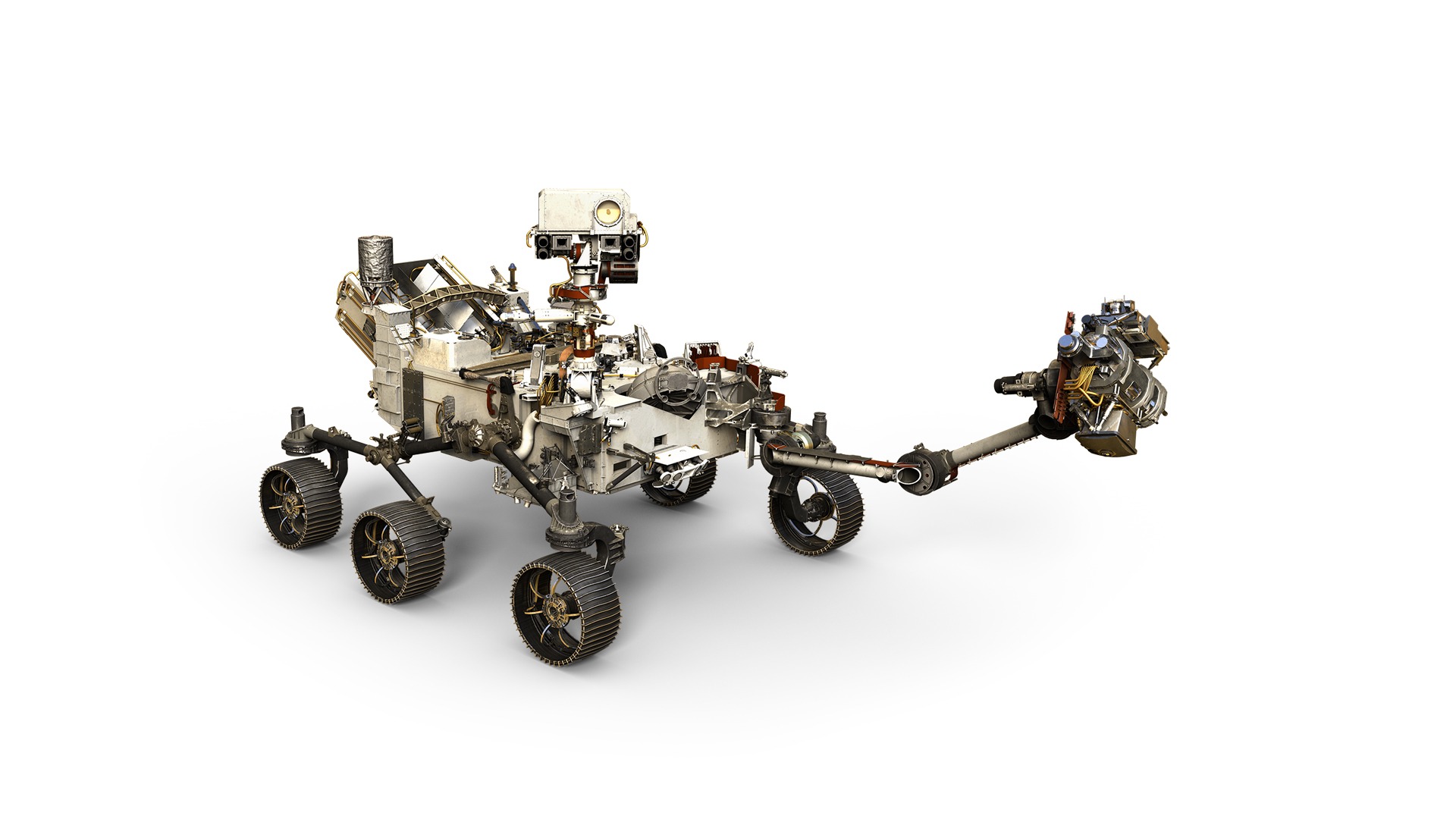After the Curiosity rover proved itself for 15 long years on the job, its successor, the Mars 2020 Rover, is on the way. According to Associate Administrator, Thomas Zurbuchen, NASA has already begun fueling the new rover in preparation for its launch window between July 17 and August 5, next year.

Much like Curiosity, the 2020 rover (which needs a better name, stat) will run on a nuclear-powered device. By converting the heat from the decaying

This nuclear core will power the Mars 2020’s onboard cameras, computers, wheels, legs, arms, and most importantly antennas to relay all the data it finds on our neighbor planet, Mars.
Mars 2020 Rover Specs
- Based on the Mars Science Laboratory‘s Curiosity rover configuration
- Length: 10 feet (3 meters) not including the arm
- Width: 9 feet (2.7 meters)
- Height: 7 feet (2.2 meters)
- Weight: 2,314 pounds (1,050 kilograms)
- Onboard: Over 20 different instruments including a new drill for core samples

The Mars 2020’s mission, in part, is to relay valuable data on the planet’s geographical history and identify the possibility of life on Mars.

Once launched, Mars 2020 is set to arrive at Mars’ Jezero Crater on February 21st, 2021. If results are anything like what was received from Curiosity, we could have a good, long look at the planet over the period of one Mars year (about 687 Earth days). Should it find more valuable data, NASA plans to launch a return mission to rescue their rover.






